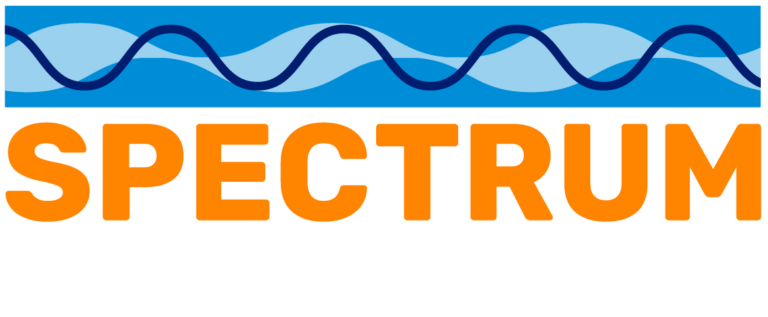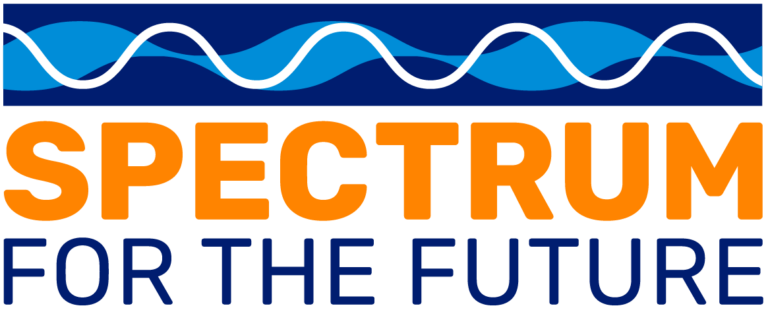Every day, American students head off to school and need devices and connectivity to learn and grow. Dynamic spectrum sharing, including CBRS, is being used to boost connectivity in schools, close the school-to-home digital divide, improve transit safety, and more. Learn more below about how CBRS is powering America’s educational system, from K-12 to college and everything in between:
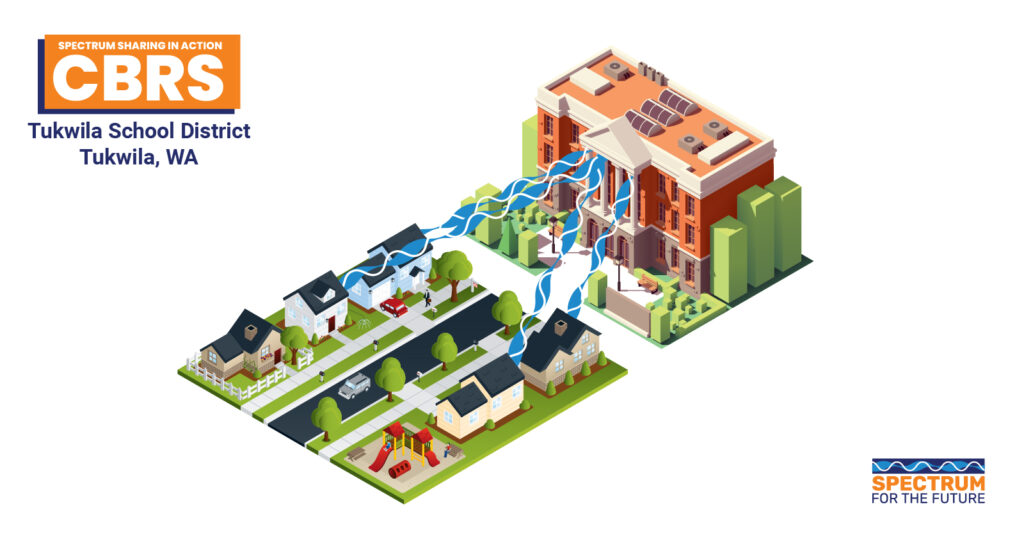
Tukwila School District Bridges the Digital Divide with CBRS
Tukwila School District in Washington State is using CBRS to eliminate educational gaps by delivering reliable internet access directly to students’ homes. Through strategic partnerships, the district created a private network that ensures as many as 1,200 students have the broadband connectivity needed for remote learning, addressing a long-standing digital divide.
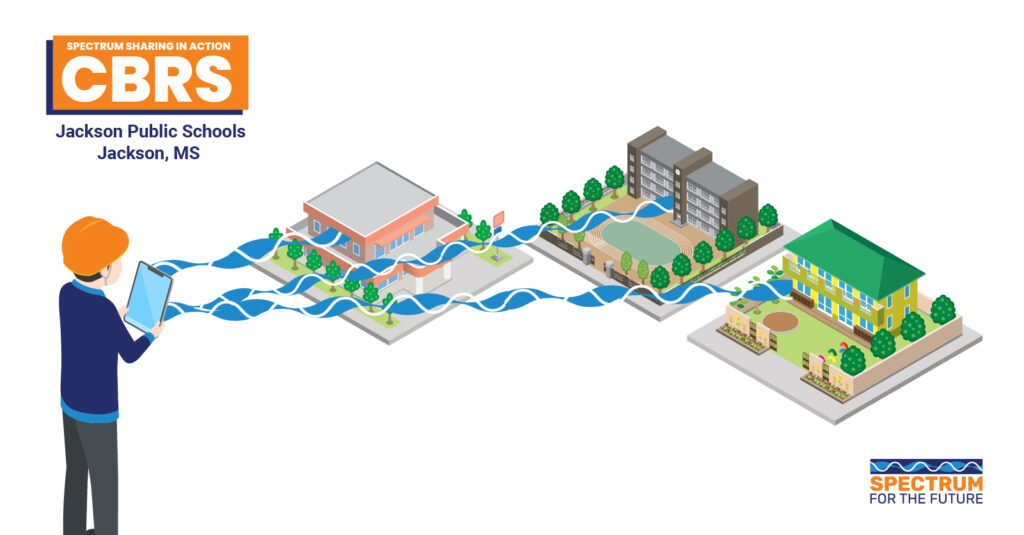
Jackson Public Schools Powers Learning with CBRS Networks
Jackson Public Schools in Mississippi is leveraging CBRS to serve nearly 17,000 students across 36 schools spanning 104 square miles. Partnering with Alef and supported by the Kellogg Foundation, the district uses CBRS-based private networks to ensure consistent connectivity while enabling remote connectivity, campus safety, wireless coverage on school buses, and at-home internet access for students.
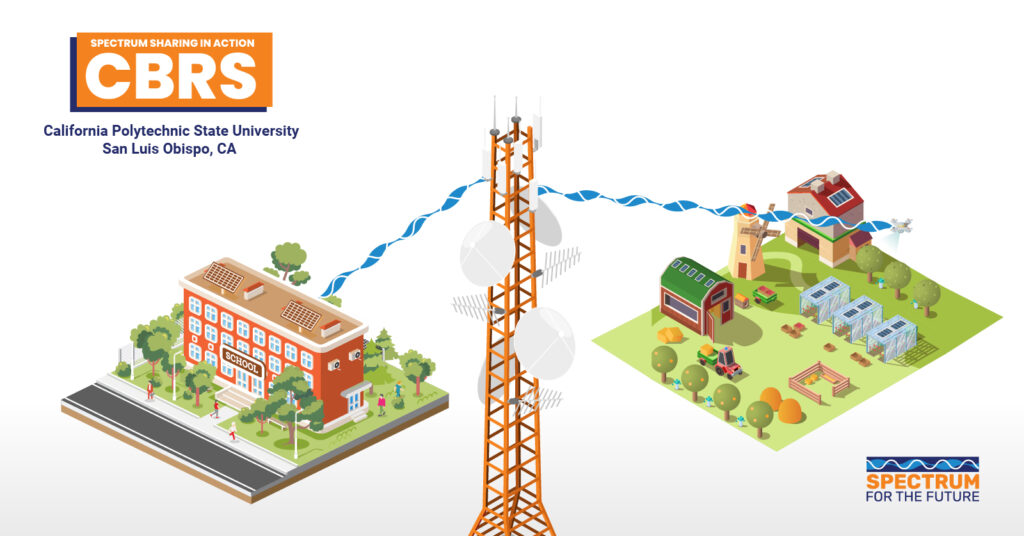
Cal Poly Builds Smart Campus with CBRS Infrastructure
California Polytechnic State University is using CBRS to create a fully digital campus environment. Partnering with Federated Wireless and AWS, Cal Poly deployed private 5G networks that support smart buildings and precision agriculture research and enable innovative applications across its 6 college locations and academic programs.
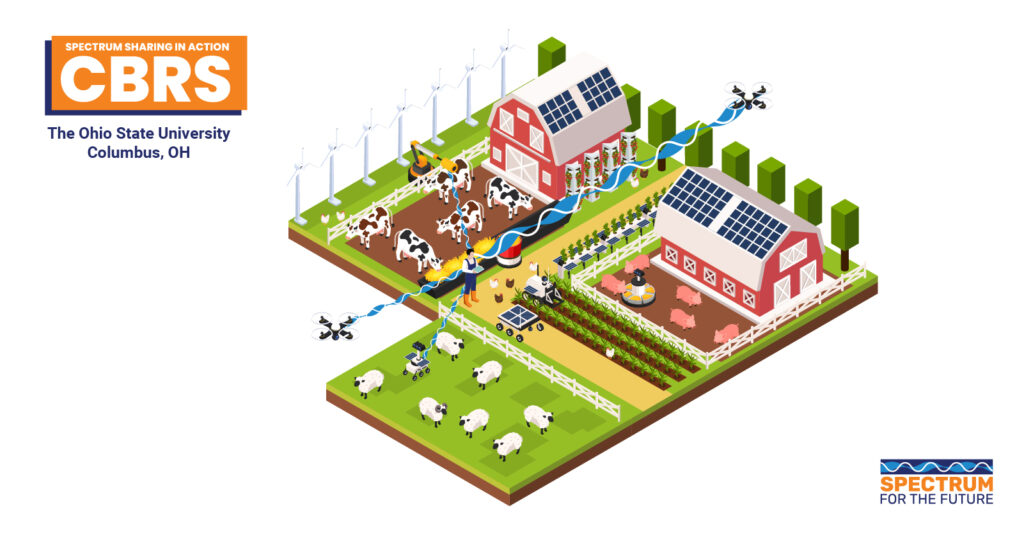
Ohio State University Advances Agricultural Research with CBRS
Ohio State University is utilizing CBRS networks to accelerate agricultural technology research and development. Through partnerships, OSU’s 200+ academic centers use CBRS-powered private networks for scalable agricultural research that improves productivity and sustainability from local farms to global food systems.
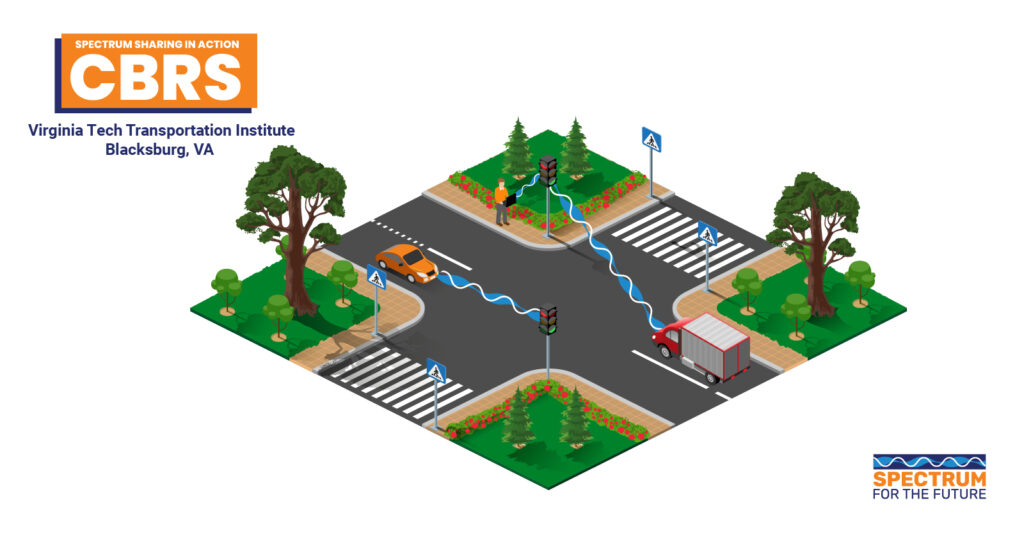
Virginia Tech Enhances Transportation Safety Research with CBRS
The Virginia Tech Transportation Institute (VTTI), the world’s largest driving safety research organization, uses CBRS to power advanced traffic warning systems for autonomous vehicle research. VTTI’s testing facility employs private 5G networks to connect roadside cameras and base stations that capture and transmit high-definition traffic imagery in real-time. This allows researchers to analyze traffic conditions and develop safer autonomous vehicle technologies.
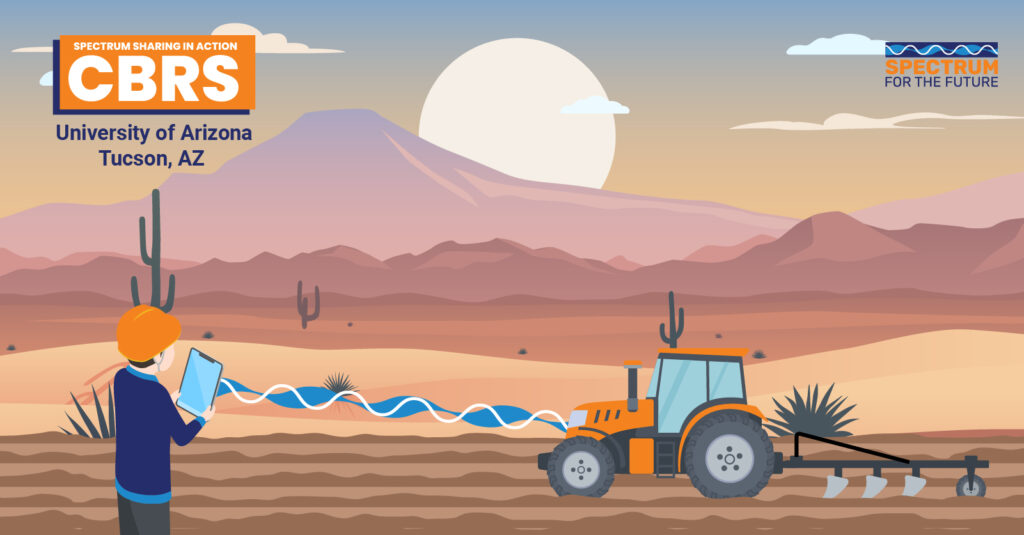
University of Arizona Cultivates Precision Agriculture with CBRS
The University of Arizona’s Yuma Center of Excellence for Desert Agriculture uses CBRS networks to create comprehensive agricultural testing environments. The CBRS-powered infrastructure enables researchers to test, train, and showcase agricultural technologies before farmer implementation, bridging the gap between innovation and practical application.
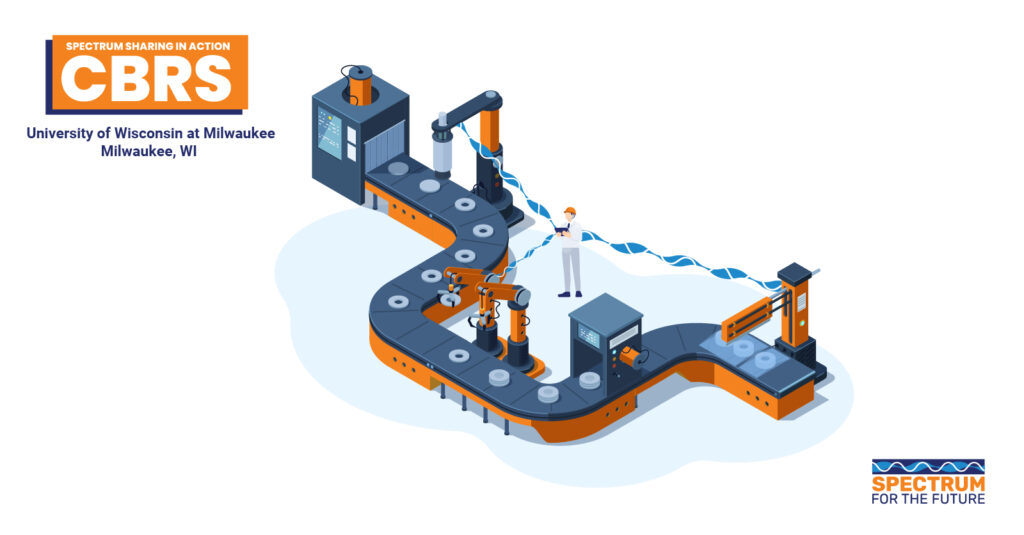
University of Wisconsin-Milwaukee Accelerates Industry 4.0 with CBRS
The University of Wisconsin-Milwaukee’s Connected Systems Institute demonstrates how CBRS enables next-generation manufacturing research and workforce development. The private 5G network allows students, faculty, and industry partners to collaborate on critical smart manufacturing applications, from IIoT sensor integration to autonomous robotics control, and more.
